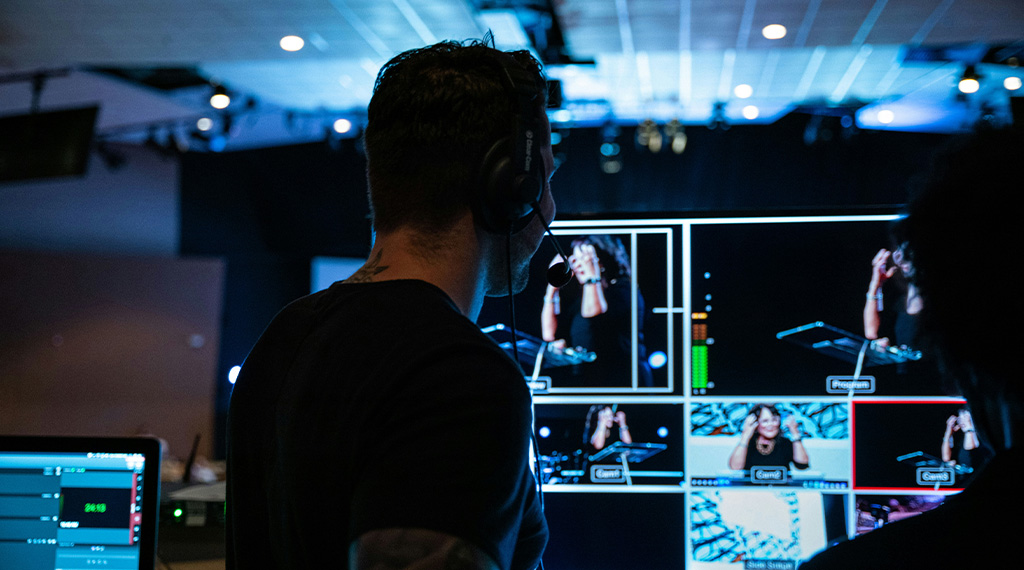Toward Media Environment Capture: The Influence of Big Tech on News Media

In an article published in the International Journal of Communication, Sebastian Sevignani, Hendrik Theine, and Mandy Tröger offer a new theoretical framework for analysing different forms of direct and indirect influence of Big Tech on news media by expanding the concept of media capture to media environment capture.
Powerful tech companies, especially US-based ones such as Meta and Google, are shaping journalism worldwide. They not only distribute news but also control the digital systems that decide what people see. This growing influence, which the authors call media environment capture, goes beyond ownership concentration: tech giants shape the entire information space. While researchers tend to focus on national cases or mix up different types of influence, this study suggests a broader way to understand how tech companies use both economic and technological power to shape journalism and public debate across countries and regions.
The idea of media capture originally described how governments influence media, despite laws protecting press freedom. This can happen through ownership, financial support, regulation, or corruption, usually leading to more positive coverage of the government. Over time, private companies and advertisers have also used similar tactics, buying media outlets or influencing content through advertising.
At the same time, with the rise of digital media, traditional media lost much of their advertising income to tech companies, leaving many outlets struggling financially and sometimes owned for political reasons instead of profit. Meanwhile, tech giants such as Google have become both funders of journalism and providers of essential tools which news outlets rely on, resulting in media environment capture.
To better understand the concept, the authors combine and apply interdisciplinary theories. They apply the theory of intellectual monopolisation, which focuses on the capabilities of digital conglomerates to absorb and claim knowledge, information, and data, influencing other industries including news media. They also borrow from critical state theory, offering conceptual clues as to how corporations influence media regulation. They also look at more recent theories of capitalism to understand how Big Tech harnesses the underpinnings of journalism.
Media environment capture explains how these tech giants create dependencies that make it hard for news organisations to function independently. On one hand, Big Tech provides funding to media outlets and journalism projects, sometimes to ease tensions with traditional media companies over advertising revenues. On the other, they also shape state media laws by spending millions on lobbying and supporting think tanks and research institutions, particularly in the European Union and the United States, which helps them steer debates on regulations and protect their business interests.
Furthermore, tech companies shape journalism practices through the platforms they provide, such as Facebook, through which they dominate news distribution and advertising. Through services like Google Analytics and Facebook Insights, tech companies control how media outlets understand and reach their audiences. Because so much news is consumed online, often through these platforms, journalists must adapt their content to fit algorithms and user data collected by Big Tech. This dependency forces them to adjust to the business models and distribution methods of tech giants, reducing their independence and changing journalism itself.
But news outlets also depend on Big Tech services and technologies to organise their daily work. Journalists use tools like Google Search, WhatsApp, and Teams for research and communication, while also relying on platforms like Facebook Instant Articles to share content.
The power of Big Tech comes from building large-scale hardware and software infrastructures and collecting vast amounts of user data, which they use to shape the digital public sphere. The concept of media capture, which focuses on ownership and financing, is no longer enough to explain their influence. Instead, the broader idea of media environment capture shows how their influence affects every part of news production and distribution.
As a result, media policies should be rethought by looking beyond single companies and instead considering how to reorganise the entire digital public sphere to protect independent journalism.
Sevignani, S., Theine, H., & Tröger, M. (2025). Unpacking Property: Media, Ownership, and Power in Transformation| Toward Media Environment Capture: A Theoretical Contribution on the Influence of Big Tech on News Media. International Journal of Communication, 19, 21. https://ijoc.org/index.php/ijoc/article/view/21987
